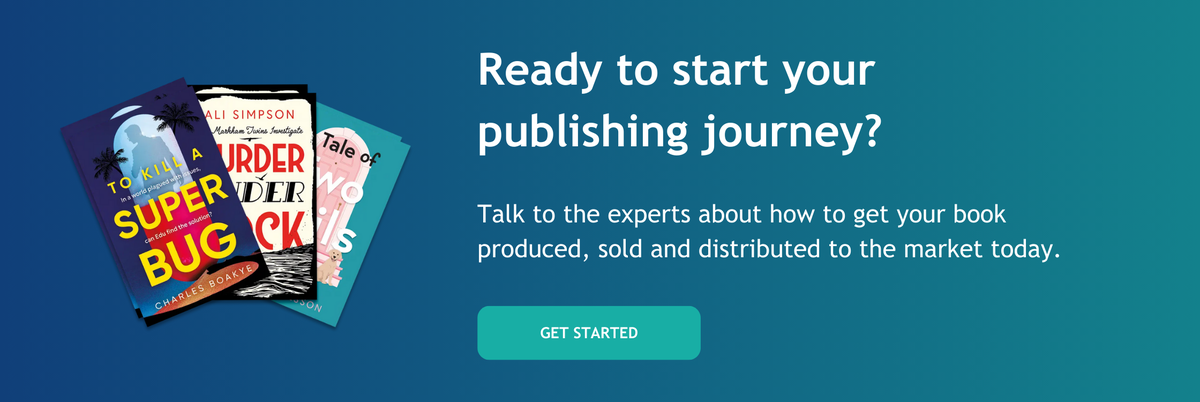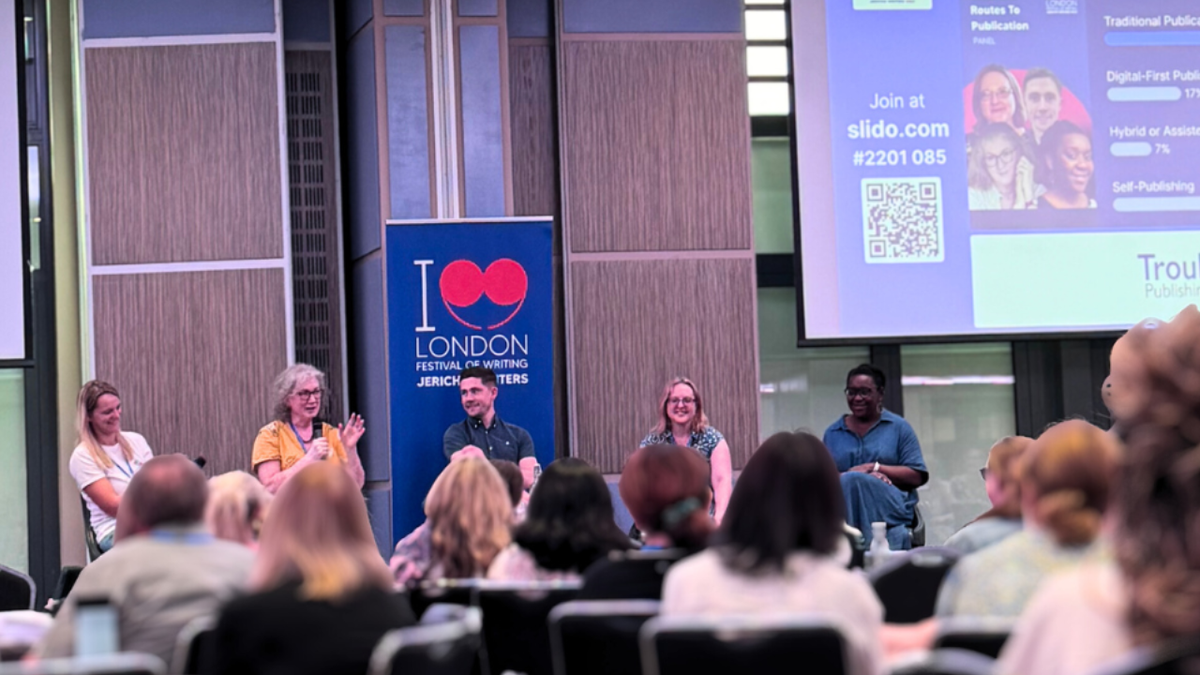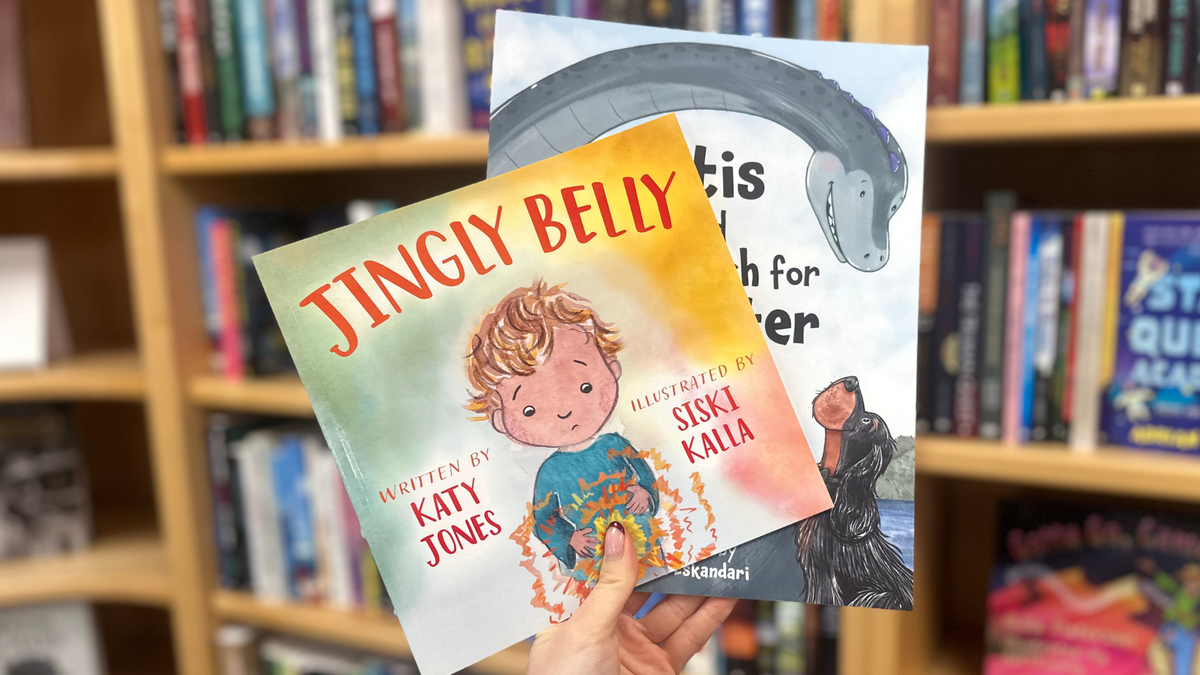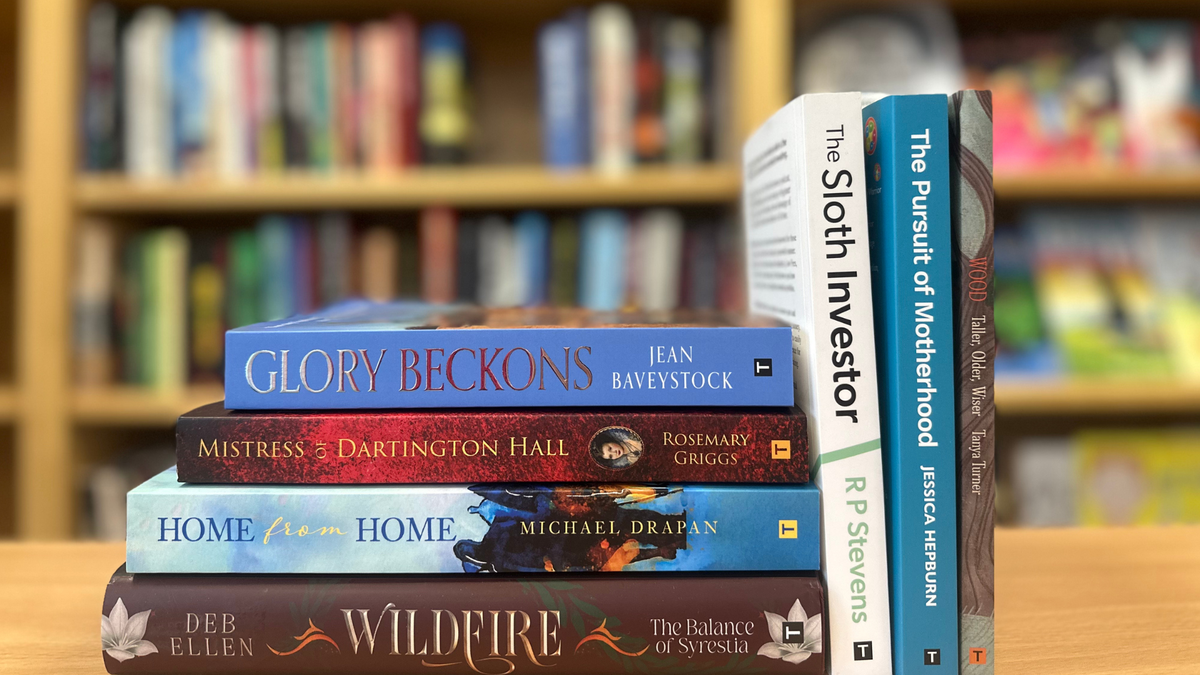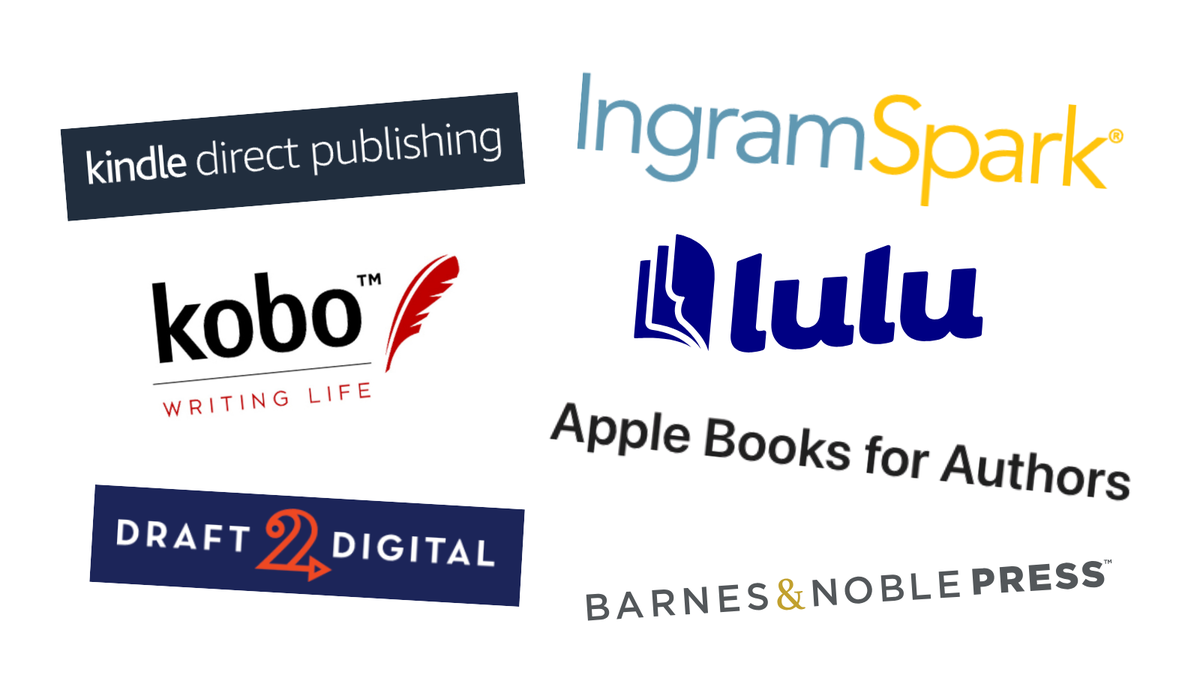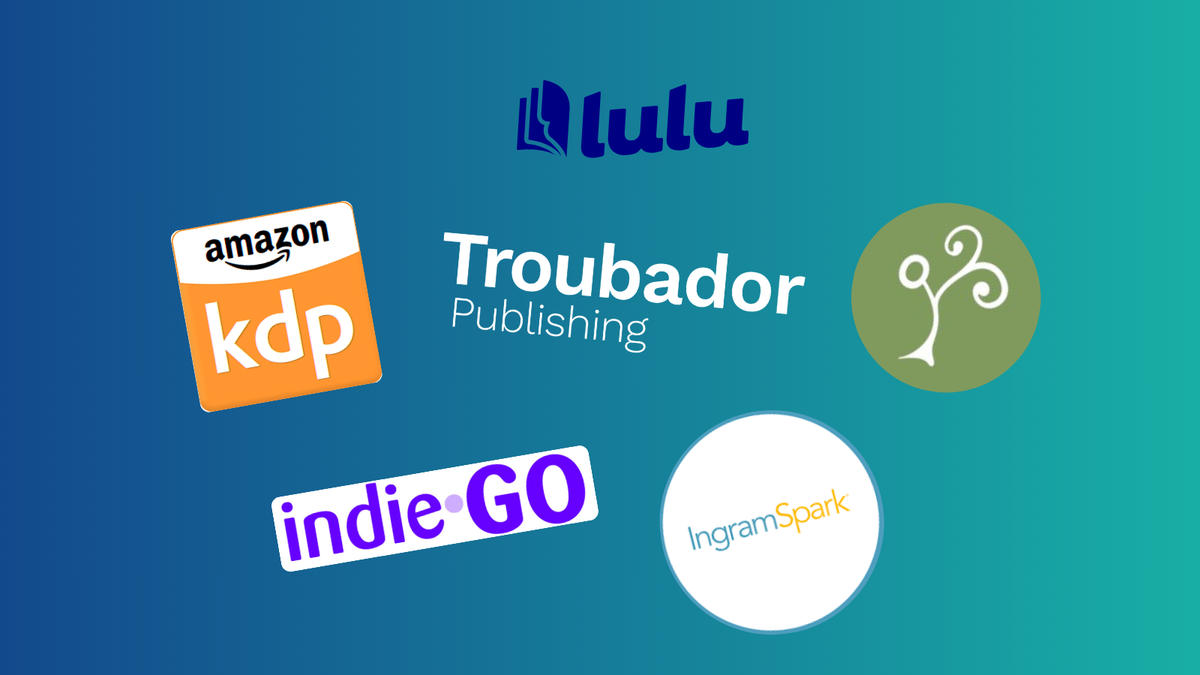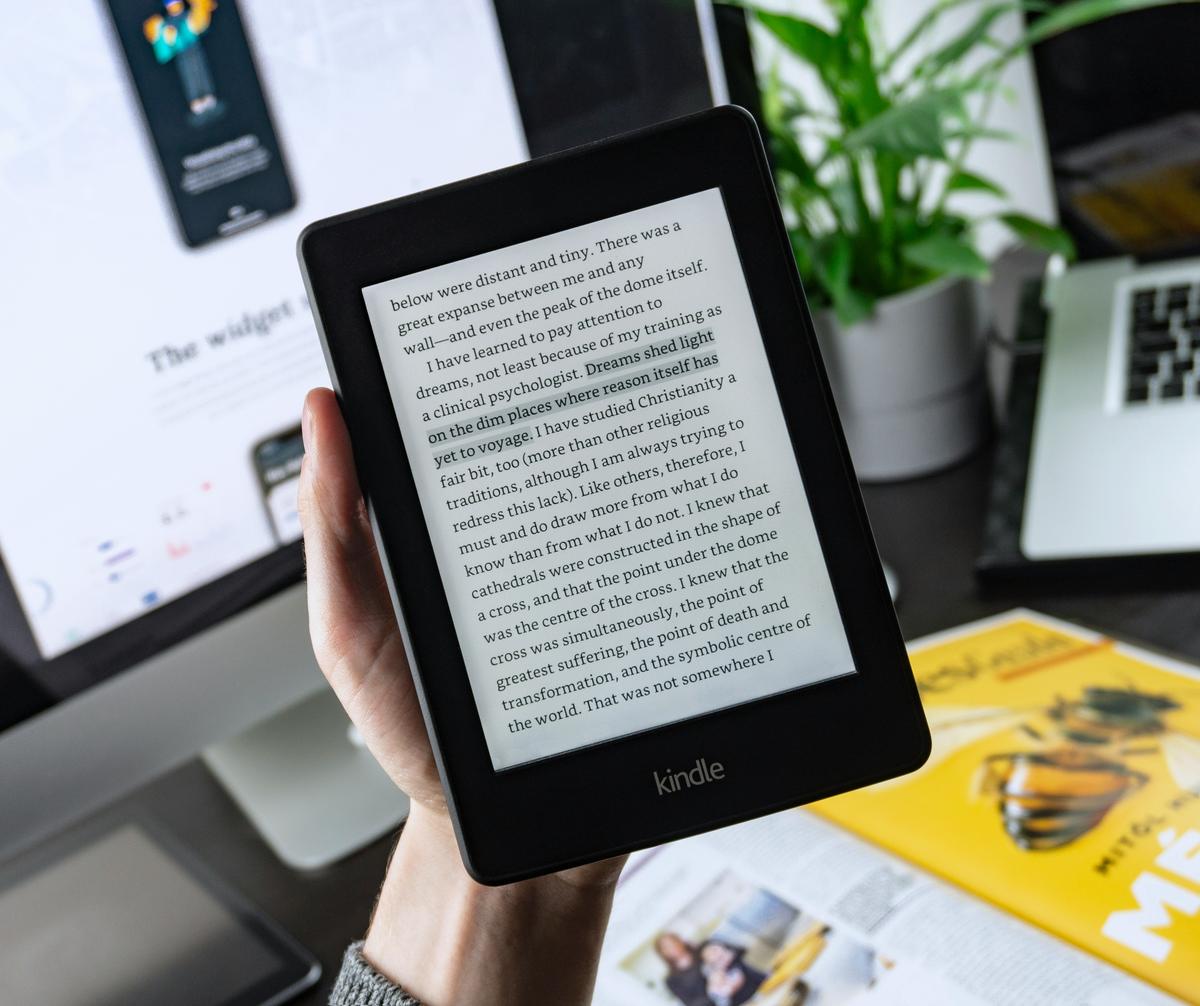
2nd September, 2025
5 min read
Ebook vs. Print book: What’s Best for Indie Authors?
Written by:
Chloe May
As an indie author, one of the first big decisions you’ll face is how to bring your book into the world: should you publish it as an ebook, a physical book, or both? Each format comes with unique benefits, challenges and costs – and the right choice can depend on your book, your goals and your budget.
Ebooks offer lower production costs, global reach, and convenience and accessibility. Physical books, on the other hand, give readers a tangible experience, opportunities for higher production value and in-person promotional opportunities. There are also some genres that simply work better as a physical book, such as children’s or recipe books.
In this article, we’ll break down the pros and cons of each format and help you decide which option (or combination) makes the most sense for your book.
The Appeal of Print Books
Even in today’s digital world, print books still hold a special place in readers’ hearts and for many readers, they are much preferred over an ebook. In a world dominated by screens, the tactile experience of reading a physical book – the scent of paper, the heft of its pages and the visual appeal of its cover art – offers a much-desired digital detox. Psychology Today also reported that reader comprehension is six to eight times better with physical books than with e-readers.
Physical books are also a popular gifting category – an experience that is difficult to replicate with ebooks – and collectors often value special editions and signed copies. For authors, this offers unique promotional opportunities, such as launch events and book signings, advance reader copies and giveaways.
And while many genres thrive in digital form, certain types of books are simply better suited for print. Children’s books, for instance, often rely on vibrant illustrations, large text and an interactive reading experience between parent and child. The same is true for cookbooks, photography and art books, and design-heavy work where high-quality paper and professional printing can capture the richness of colours and details in a way that most ereaders cannot match. For these genres, the physical format isn’t just a vessel for the content – it’s part of the experience of reading.
The Advantages of Ebooks
For indie authors, ebooks open up publishing opportunities that were almost unimaginable a few decades ago. Digital distribution levels the playing field, allowing authors to reach readers worldwide with lower upfront costs. Readers around the world can purchase and download a book to their ereader or mobile device instantaneously, without ever needing to worry about shelf space. Unlike print, there’s no need for shipping, storage or reprinting to access the volume of sales.
Producing an ebook is also usually far more cost-effective than a print book. Editing, formatting and cover design are still important but all of the expenses associated with producing an ebook are a one-time cost, and authors don’t need to consider recurring expenses such as reprint and shipping costs. For environmentally conscious authors and readers, ebooks reduce paper consumption, printing energy and shipping emissions. While not entirely impact-free (since devices and servers still consume resources), they are often viewed as a greener choice compared to physical books.
Opting for an ebook as a standalone product or alongside a print book also opens up unique promotional opportunities, especially when it comes to experimenting with pricing strategies that are harder to manage in print. Authors can use price drops or temporary free downloads to build visibility and grow readership. NetGalley, the online review platform, also works especially well for ebooks and authors can reach hundreds of potential readers and reviewers without worrying about postage or printing.
Market Trends & Reader Preferences
Choosing between print and ebook isn’t just about costs and convenience – it’s also about how readers consume books today. Market data and reader behaviour can reveal where each format shines and help indie authors decide which option best aligns with their genre and target audience.
Physical books still consistently outsell ebooks across the UK and US book markets, however fast-paced, consumable genres like romance and thrillers do extremely well in ebook form. Readers of these genres often devour multiple books a month, making ebooks a practical and affordable choice. On the other hand, non-fiction books often sell better in print. Readers in these categories may want to take notes, highlight sections or keep the book on a shelf for reference.
When ereaders first appeared on the market, it was generally assumed that younger readers who have grown up in a digital landscape would be more inclined to opt for an ebook over a print book. However, the growth in print book sales in recent years has been attributed to Millennial and Gen Z preferences for physical books. Meanwhile, ereaders have found a key market in older readers seeking to reduce eye strain with features such as adjustable font size and backlighting.
Ultimately, more and more it’s becoming the case that readers aren’t loyal to just one format. Many switch between print, ebook and audio depending on convenience. A reader might enjoy an ebook during their commute, flip through a paperback at home and listen to an audiobook while exercising. For indie authors, this trend highlights the value of offering books in multiple formats to capture the widest possible audience.
And What About Audiobooks?
In today’s multi-format reading landscape, audiobooks have become an increasingly important way to reach new audiences. They allow readers to enjoy a book while commuting, exercising or multitasking, capturing attention in situations where print or ebooks aren’t practical. Additionally, having an audiobook can complement an author’s print and ebook offerings, turning a book into a full multi-format package that caters to every type of reader.
The Benefits of Opting for both Print and Ebook formats
For most indie authors – unless they’re particularly restricted by their budget or by format – the question isn’t necessarily ‘print or ebook?’, but ‘why not both?’ Offering your book in both formats allows you to reach the widest possible audience and take advantage of the strengths of each.
Print books appeal to readers who value a tactile experience and gift-giving. Ebooks, on the other hand, offer global reach, lower costs and accessibility, making them ideal for digital-first readers who devour books quickly. Both options offer unique promotional opportunities that can widen a book's potential audience, giving it the best possible chance of performing in the market. Should an author wish to include an audiobook, this further expands the options available.
For indie authors navigating the complexities of multi-format publishing, we offer a comprehensive solution at Troubador Publishing. We specialise in helping authors turn a manuscript into professional-quality books across print, ebook and audiobook formats – all from one team under one roof. By using a single service to manage all formats, authors save time, reduce the stress of juggling multiple vendors and maintain a consistent brand and quality across print, digital and audio. This multi-format approach can help indie authors reach more readers in a competitive publishing landscape.

